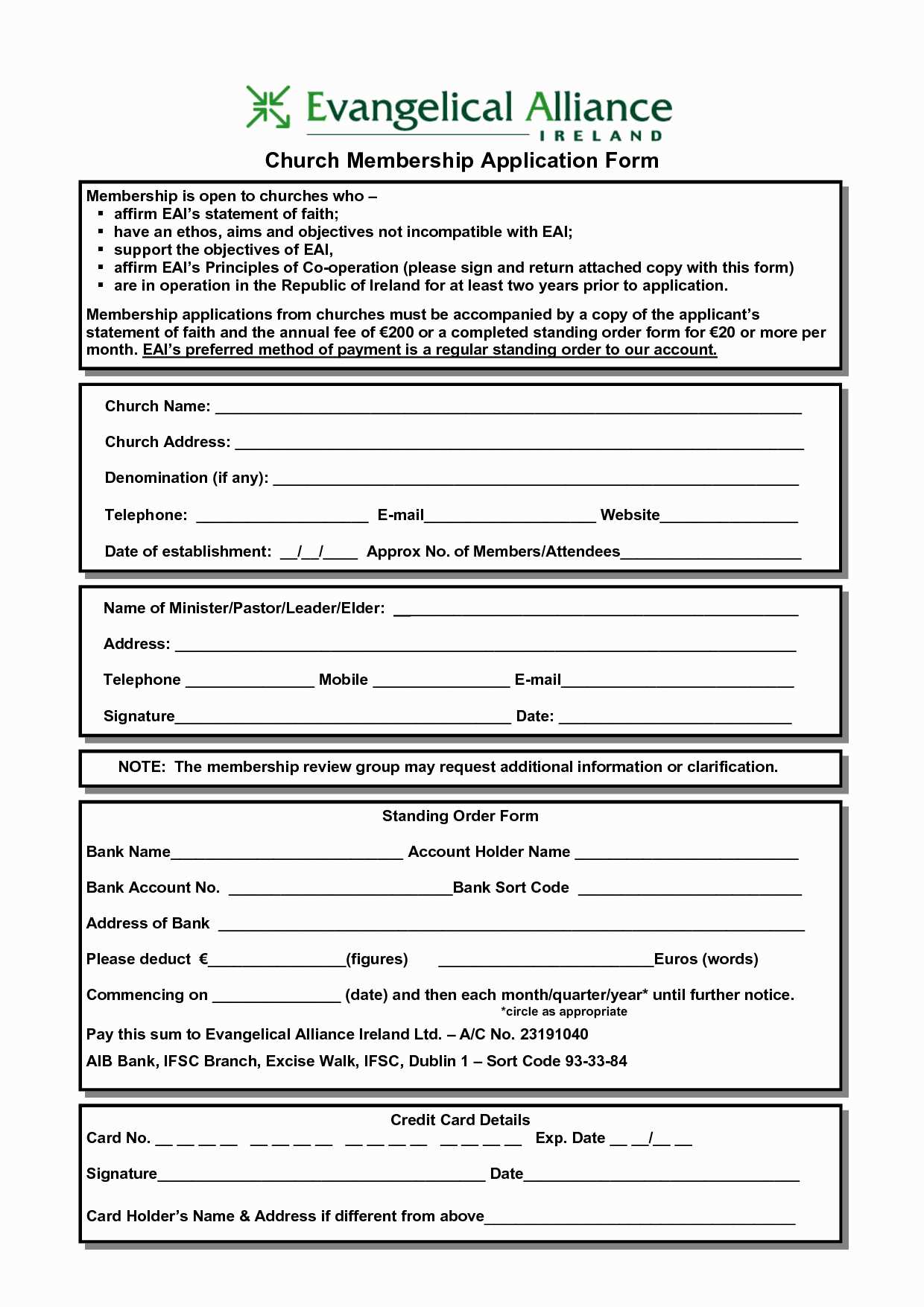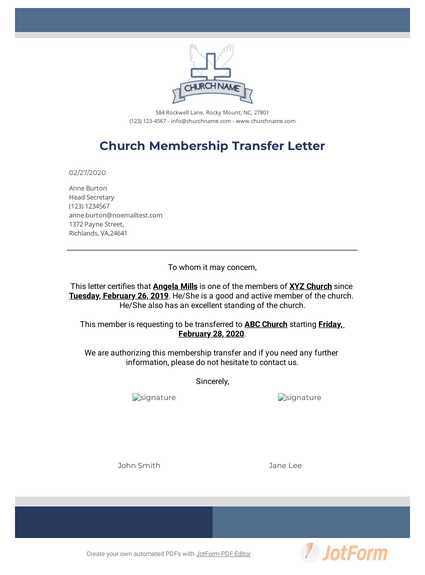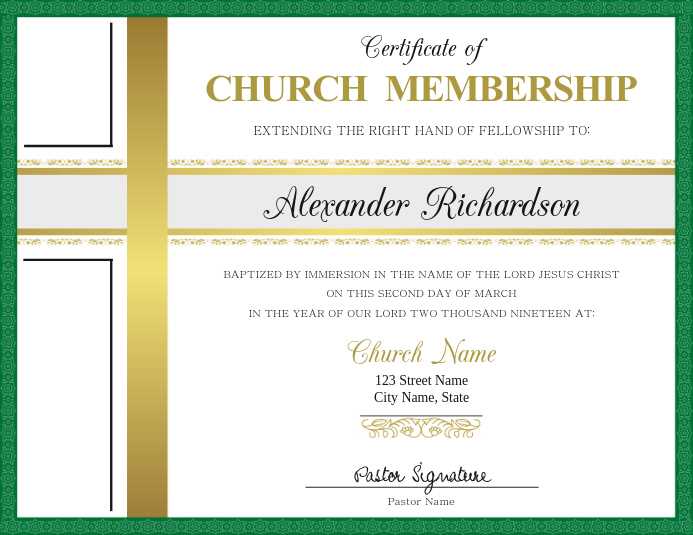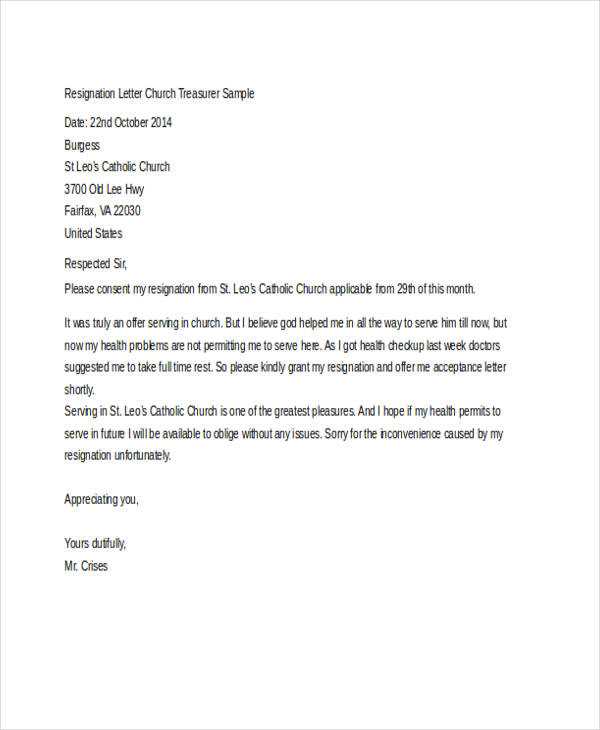Sample Church Membership Transfer Letter Template

When an individual decides to move their spiritual involvement from one place of worship to another, it is important to communicate this decision in an official manner. A formal notification helps ensure that all relevant records are updated and that the transition is smooth for both parties involved. Crafting an appropriate document is a key part of this process.
Such a document should not only convey the intention clearly but also include all necessary details to avoid confusion. It serves as a respectful and professional way to let others know about the shift, providing a record that can be referenced in the future. The letter’s tone and structure will play a significant role in ensuring that the communication is received in the right light.
Why a Church Membership Transfer Letter Matters
When an individual decides to move their affiliation from one community to another, formalizing the process is crucial. A proper notification ensures that all records are properly updated and prevents any misunderstandings between the parties involved. It serves as a respectful means of communicating one’s intentions and ensures the transition is handled smoothly and efficiently.
Such documentation plays an important role in keeping the involved institutions informed and allows for a seamless change. It not only confirms the decision but also provides a tangible record that can be referred back to if needed. In this way, both the individual and the organization can have peace of mind knowing that everything has been properly documented and acknowledged.
Essential Elements of a Transfer Letter
When formalizing a change in spiritual affiliation, it is important to ensure that the necessary details are clearly communicated. A well-constructed document should contain specific components to effectively convey the message. These essential elements help both the individual and the institution involved stay informed about the transition.
Key Information to Include

The following table outlines the core details that should be part of any formal communication regarding a change in affiliation:
| Element | Description |
|---|---|
| Sender’s Information | Include full name, contact details, and any identifiers associated with the current affiliation. |
| Recipient’s Information | Provide the name and contact details of the organization or individual receiving the request. |
| Effective Date | Clearly state the date from which the change will be official. |
| Reason for Change | Optionally explain the reason for the move to another organization or community. |
| Signature | A formal sign-off from the sender to conclude the communication. |
Additional Considerations
Beyond the basics, including a polite tone and expressing gratitude for the experiences in the previous affiliation can enhance the overall message. This thoughtful approach ensures the transition is respectful and professional for all parties involved.
How to Personalize Your Letter
While a formal document serves the purpose of communicating a change, adding a personal touch can make the message more meaningful. Personalizing the communication shows respect and care for the previous affiliation and helps establish a positive relationship with the new organization. Including specific details and expressing genuine sentiments can make the process smoother for all parties.
Steps to Add a Personal Touch
Here are some ways to personalize your communication effectively:
- Use a Warm Greeting: Begin with a friendly and respectful introduction to set a positive tone.
- Include Specific Details: Mention the exact time spent in the community and highlight any memorable experiences or contributions.
- Express Gratitude: Show appreciation for the support, growth, and connections gained during your time in the organization.
- Offer Best Wishes: End with kind words for the continued success and prosperity of the institution you are leaving.
Additional Tips for Personalization

Personalizing your communication does not necessarily mean making it overly long or informal. A few thoughtful words, combined with the necessary details, can be enough to leave a lasting, positive impression. Keep the tone sincere and respectful, focusing on the positive aspects of your journey and transition.
Common Mistakes to Avoid When Writing

While drafting a formal communication for a change in affiliation, it’s important to avoid certain errors that can lead to misunderstandings or a lack of clarity. These mistakes can diminish the professionalism of your message and may result in unnecessary complications. Paying attention to detail can help ensure that your communication is both respectful and effective.
Some common pitfalls include failing to include important details, using a casual tone, or not proofreading the document for errors. These oversights can create confusion and potentially delay the process. By being aware of these mistakes, you can craft a more polished and respectful message.
- Omitting Key Information: Always ensure that all relevant details are included, such as names, dates, and reasons for the change.
- Using an Informal Tone: Even if the relationship with the organization is friendly, maintain a respectful and professional tone.
- Failing to Proofread: Mistakes in grammar or spelling can undermine the effectiveness of your message and create a negative impression.
- Being Vague: Avoid being too general or unclear about your intentions; a clear, direct message is always better.
- Forgetting to Include Gratitude: Expressing appreciation for your past experience is an important part of leaving a positive impression.
Steps to Submit Your Membership Transfer
Once you have crafted a formal communication regarding your change of affiliation, the next important step is ensuring it reaches the appropriate individuals or organizations. Following the correct process for submission helps ensure that the necessary updates are made and that your request is handled in a timely and efficient manner. This section outlines the steps to submit your communication properly.
Preparation Before Submission
Before submitting the document, double-check that all necessary information is included, such as your full contact details, the effective date, and any other relevant specifics. Review the tone to ensure it maintains professionalism and respect. Once everything is finalized, prepare the communication for delivery.
- Ensure Accuracy: Confirm that all personal and organizational details are accurate.
- Choose the Right Medium: Decide whether to send the communication via mail, email, or hand delivery based on the preferences of the receiving party.
- Address Properly: Verify the contact details of the recipient to ensure the document reaches the correct person or department.
Submission Methods
There are several ways to submit your request. Depending on the organization, you may need to follow specific procedures for submission. Below are common methods to consider:
- Physical Mail: Sending a hard copy is often the most formal method, especially for institutions that require a signature or official documentation.
- Email: Some organizations may accept digital communications, so it is advisable to confirm if email submission is an option.
- In-Person Delivery: If proximity allows, submitting the document in person can ensure immediate confirmation and acknowledgment.
Whichever method you choose, make sure to keep a copy of the communication for your own records. This serves as a reference in case follow-up is necessary.
Best Practices for Maintaining Church Records
Properly maintaining organizational records is crucial for smooth operations and effective communication. Accurate and up-to-date information helps ensure that important transitions, such as affiliation changes, are handled efficiently. By following best practices for record-keeping, you can maintain a system that supports both administrative tasks and personal connections within the community.
Keeping well-organized and secure records ensures that information is easily accessible when needed and protected from potential errors or data loss. In this section, we’ll explore key strategies to help streamline your record management process.
- Regular Updates: Continuously review and update records to reflect any changes in membership or affiliation, ensuring the information remains accurate and current.
- Digital Records: Consider using digital systems for ease of access and to reduce the risk of physical records being lost or damaged.
- Confidentiality and Security: Implement measures to protect sensitive information, such as secure passwords and encryption for digital records.
- Standardized Forms: Use consistent forms and templates for recording information to maintain uniformity and accuracy across all records.
- Backup Systems: Ensure that you have a reliable backup system in place to prevent the loss of records in case of technical issues or disasters.
By adopting these best practices, you can ensure that your record-keeping processes are efficient, secure, and capable of supporting the long-term needs of the organization.